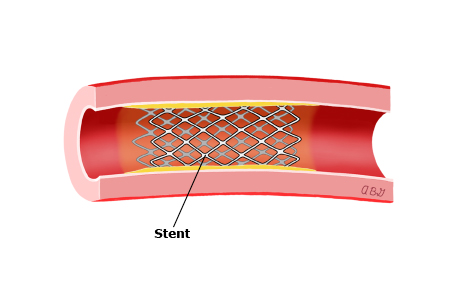Stenting of the Heart
What is stenting?

Stenting is a procedure used to treat some people with coronary heart disease. This procedure opens narrowed or blocked arteries in the heart (figure 1).
Before the procedure, you will have a cardiac catheterization (also called “cardiac cath”). During this test, the doctor puts a thin plastic tube into a blood vessel in your leg or arm. Then he or she moves the end of the tube up to your heart. Next, the doctor puts a dye that shows up on X-ray into the tube. This part of the test is called “coronary angiography.” It can show how many of your heart arteries are blocked and how serious the blockages are.

Depending on the results, your doctor might do stenting right away. For this procedure, the doctor will advance another plastic tube to your heart. After it reaches the narrowed or blocked artery, the doctor will place a stent where the major blockage or blockages are. This opens up the artery at the place where it is blocked and helps restore blood flow to the heart.
A heart stent is a tiny metal tube about one-half to one inch long. It is used to help prop open an artery in the heart (figure 2). Many heart stents are coated with a medicine that helps keep the artery from getting narrow or blocked again.
Why might I need a stent?
Your doctor might recommend a stent if you have coronary heart disease and have:
- Chest pain (called “angina”) that does not get better when you take medicines
- One or more heart arteries that are very narrow
People who are having a heart attack or had a heart attack a short time ago also sometimes need stent placement.
How do I prepare for the procedure?
You should not eat or drink anything for 6 to 8 hours before the procedure. You might need to change your medicines or stop taking some of them beforehand. Follow all the instructions your doctor gives you. If you don’t feel well on the day of the procedure, tell your doctor.
What happens after the procedure?
After the procedure, your doctor will remove the tube from your body and put pressure on the small cut to prevent bleeding. You might need to stay in the hospital overnight. Before you leave, your doctor will tell you when you can drive and do your usual activities again.
Your doctor will prescribe aspirin and another medicine to help prevent clots inside the stent. It is very important that you take these medicines as directed and that you keep taking them unless your doctor says it’s OK to stop. People who stop taking these medicines too soon increase their risk of a heart attack or even death.
Most people are able to go back to their normal activities a few days after the procedure.
What problems can happen after the procedure?
The most common problems are bleeding, bruising, and soreness in the area where the tube was put in. These problems can last for a few days, especially if the tube was put in the leg.
Other problems can happen during or after stenting, but they are rare. They include:
- A small tear in the inside of a coronary artery, which usually heals by itself. Some people with this problem need another procedure or (in rare cases) surgery to fix the tear.
- Heart damage
- A blood clot inside the stent. This can block blood flow to the heart and cause a heart attack or even death. It can happen as early as one (1) day or as late as one (1) year or more after you get a stent.
When should I call my doctor or nurse?
Call your doctor or nurse if any of the following happen after your stenting:
- You have chest pain that does not get better with one (1) dose of sublingual (under the tongue) nitroglycerin
- You get a fever or have pain, swelling, or redness where the tube went in
Read more about stenting of the heart – You will be directed to an external page.

